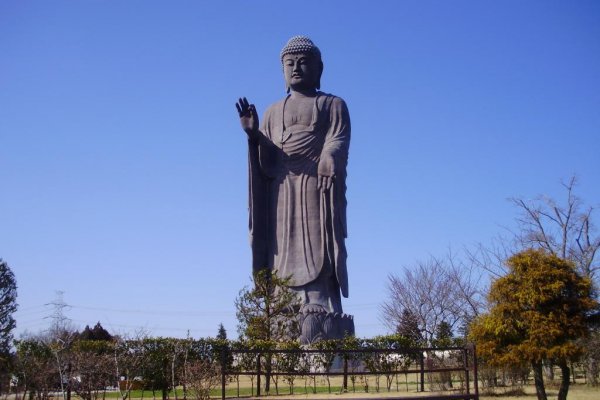These are some examples of manipulative resources with which we can work in primary education. Working with manipulative resources and mediating games is essential in the stage of primary education and in the development of children.
On the one hand we find resources with which you can form both flat geometric figures and geometric figures with volume. Working with these materials the students, besides creating the forms and learning them, will be able to count the squares and in this way measure them with this unit of measure.
Then, we find manipulative resources to learn and practice the time. In the first years of primary education, learning the time both digitally and with an analog clock is difficult to learn and assimilate for them. Because of this, I think it is essential for them to learn it in a manipulative way and for the teacher to support him with useful practices.
Finally another example is for mass and weight. With these manipulative resources students will be able to learn it while working with it. The methodology of learning based on problems would be a very useful and beneficial option for students along with this type of materials because they would learn it visually and better.


































